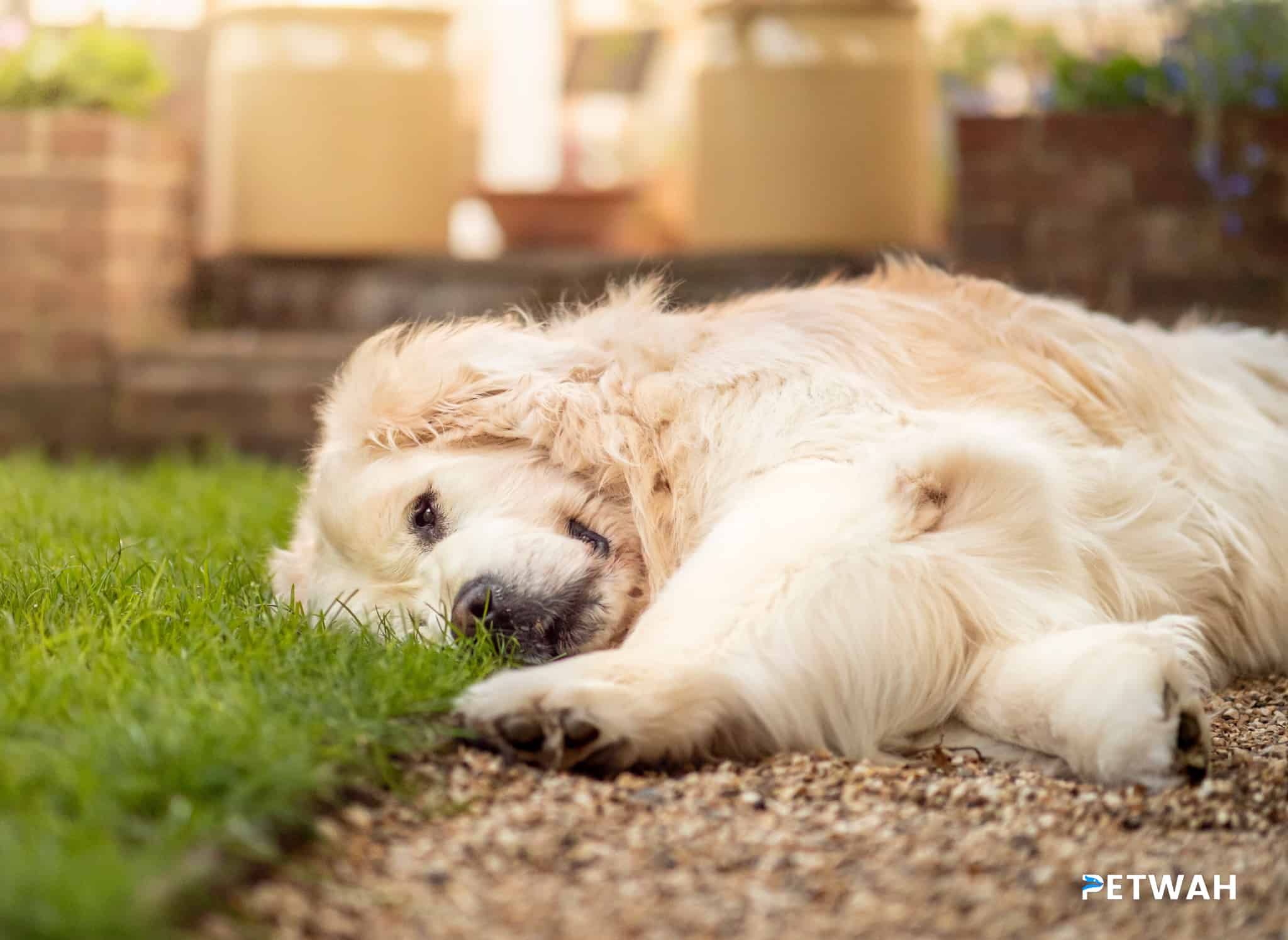Training is an essential part of ensuring the well-being and behavior of our pets. Positive reinforcement is one of the most effective techniques for training animals, as it encourages desirable behaviors by rewarding them. In this article, we explore some effective positive reinforcement techniques that can help you train your pet. From using treats to clicker training, these techniques can make the training process more enjoyable and successful for both you and your furry friend.
Using Treats as Rewards:
– One of the most popular methods of positive reinforcement is using treats as rewards for good behavior. This approach is particularly effective for training dogs.
– When using treats, it’s important to choose small, easily consumable rewards that your pet finds desirable. This could be anything from specially designed dog treats to small pieces of cheese or cooked chicken.
– It’s crucial to provide the treat immediately after your pet displays the desired behavior, as this helps reinforce the association between the behavior and the reward.
Clicker Training:
– Clicker training is another effective positive reinforcement technique that relies on the use of a clicker device, which emits a distinctive sound.
– The sound of the clicker signifies to the pet that they have performed the desired behavior and will be rewarded.
– Clicker training can be used for various animals, including dogs, cats, birds, and even horses.
– The key to successful clicker training is to pair the clicker sound with an immediate reward, such as a treat or praise.

Positive Verbal Reinforcement:
– Verbal reinforcement plays a significant role in positive reinforcement training.
– Offering praise, such as saying “good boy” or “well done,” in a positive and enthusiastic tone of voice can reinforce positive behaviors.
– Consistency is important when using positive verbal reinforcement to ensure your pet understands which behaviors are desirable and will be rewarded.
Training with Toys:
– For some pets, particularly those with high play drive like dogs, using toys as rewards can be highly effective.
– Choose toys that your pet finds enticing and reserve them exclusively for training sessions.
– Incorporate playtime into your training routine, using the toy as a reward for successful behavior.
External Links:
– For more detailed information on positive reinforcement techniques, consider visiting the Association of Professional Dog Trainers’ website: https://apdt.com/pet-owners/trainer-search/
– The American Society for the Prevention of Cruelty to Animals (ASPCA) offers resources and tips for positive reinforcement training methods: https://www.aspca.org/pet-care/dog-care/common-dog-behavior-issues/train-your-dog-using-positive-reinforcement
FAQs:
1. What is positive reinforcement training?
Positive reinforcement training is a technique that rewards desirable behaviors in pets through the use of treats, praise, toys, or other rewards. This approach helps to strengthen the association between the behavior and the reward, encouraging the pet to repeat the behavior.
2. Is positive reinforcement training suitable for all pets?
Yes, positive reinforcement training can be used for a wide range of pets, including dogs, cats, birds, and even horses. The key is to find rewards that are motivating for each individual animal.
3. How can I make positive reinforcement training more successful?
Consistency is crucial when using positive reinforcement training. Set clear expectations for your pet, use rewards immediately after the desired behavior, and provide frequent reinforcement to strengthen the association.
4. Can I use positive reinforcement training for behavior problems?
Yes, positive reinforcement training can be effective for addressing behavior problems in pets. By rewarding alternative and desired behaviors, you can help your pet replace unwanted behaviors with more appropriate ones.
5. Are there any drawbacks to positive reinforcement training?
One potential drawback of positive reinforcement training is the reliance on rewards. Some pets may become dependent on treats or other rewards, and their behavior may regress if the rewards are not consistently provided. Gradually phasing out rewards over time can help to address this issue.
PetWah offers a range of products and resources to support positive reinforcement training for pets. From high-quality treats to interactive toys and training aids, PetWah is your go-to source for all your pet training needs. Visit petwah.com to explore their products and start training your pet using positive reinforcement today.






%20-%20Copy.jpg)
.jpg)
